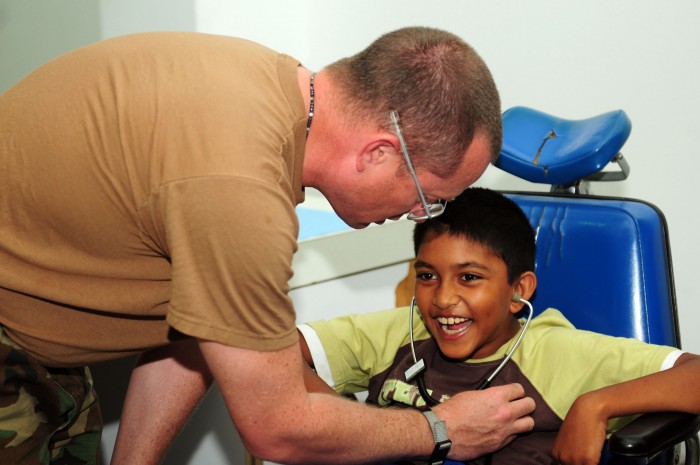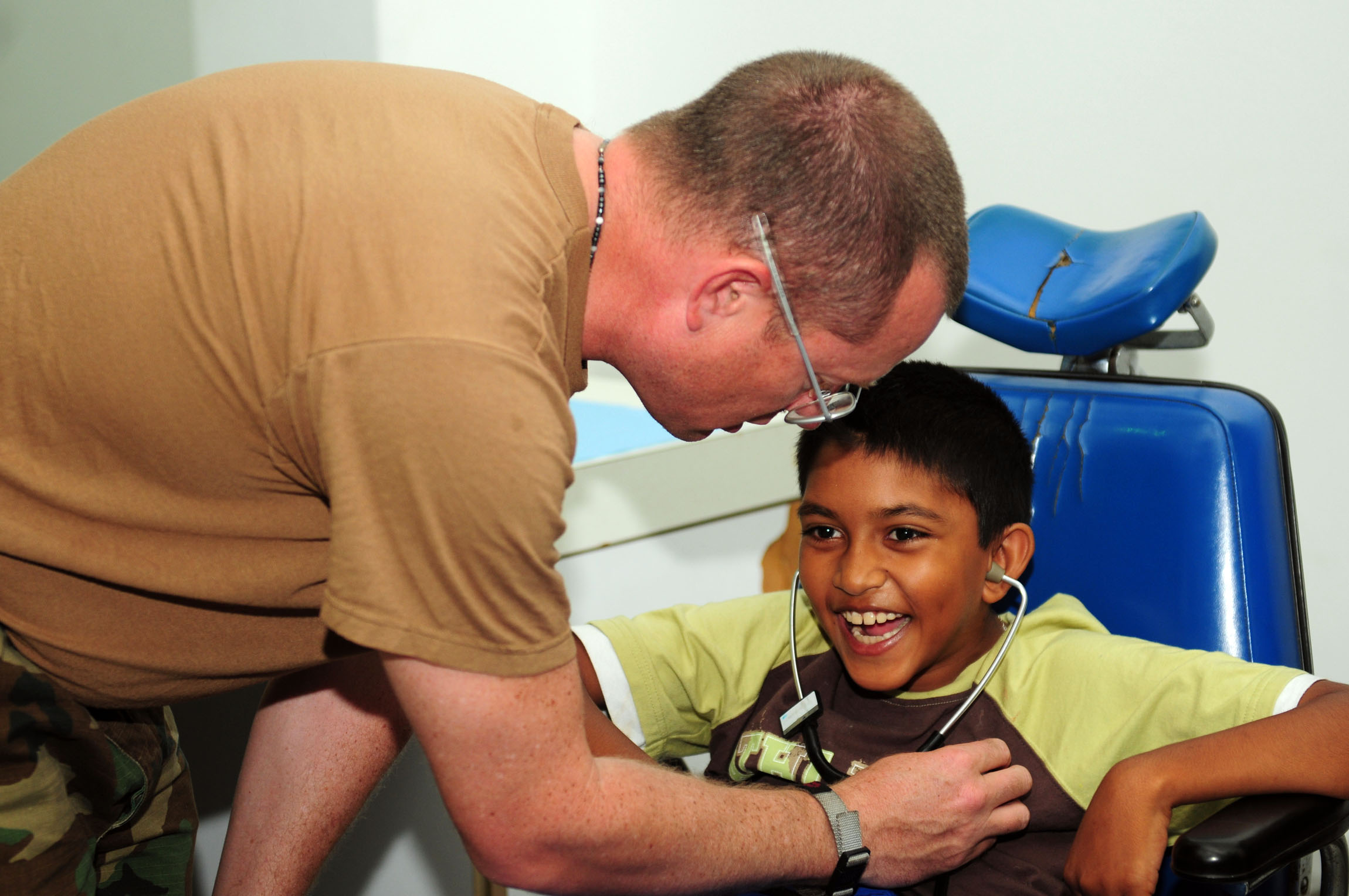It is a joy to both the mother and father to see their new born baby. How parents love to watch their giggly offspring growing, rolling, crawling, and attempting its first walk. Yet, to some parents, this wonderful experience is not the normal situation.
CP or Cerebral Palsy is an injury to the brain that causes immobility to a child. Growth spurts and growth lull may occur for children who have this condition. Among all the physical disabilities that can happen in a child, cerebral palsy is the most common. In Australia alone, there is a child born with cerebral palsy every 15 minutes.

A Child with Cerebral Palsy
Why Do Children Get Cerebral Palsy?
A brain injury that was incurred before, during, or after the baby gets born is the main cause of cerebral palsy. Albeit medical science have yet to determine a definite finding on why babies incur such injury, the following pre-conditions are identified to trigger the case:
- The baby’s brain was not supplied with enough oxygen.
- There was an infection that occurred during the mother’s pregnancy, especially during the early stages.
- The development of the baby’s brain was deficient or abnormal.
- Genetic reasons, the family has a history of relatives who had cerebral palsy.
How Can a Physiotherapist Help with Cerebral Palsy?
There is no known cure (yet) for cerebral palsy, but it is not a progressive disease. What can be done is to manage its effects and provide support to the child even as he/she grows into adulthood. The physiotherapist can demonstrate an important function in this endeavor. When a physiotherapist cares for a child or adult who has cerebral palsy, his/her primary objectives are:
- Aid and boost the growth of muscle tissues though assisted movement and exercise (physical immobility can hinder muscle growth).
- Allow the joints to become mobile in order to prevent them from becoming stiff and crooked.
- Encourage independence on the part of the patient by instructing functional movements and activities.
- Help the patient to have better capability to move most, if not all, the parts of his/her body.
The physiotherapist can come in and be involved as soon as the child has been diagnosed with cerebral palsy. Aside from providing treatments, the physiotherapist will also give advice on the parents or guardian of the patient regarding what exercises or physical activities can be performed, what should be avoided, and what further actions should be done by both the patient and the family.
As the patient grows up, he/she may be able to enjoy leisure activities, play mild sports, and even do some functional work as recommended by the physiotherapist. In some cases, new problems may occur as time goes by, but as long as the physiotherapist continues to guide and attend to the patient’s condition, such issues will be properly identified and resolved.
References:
(Revision 13 June 2014). “Cerebral palsy.” Chartered Society of Physiotherapy. Retrieved from www.csp.org.uk
“Facts about cerebral palsy.” Cerebral Palsy Alliance. Retrieved from www.cerebralpalsy.org.au
Healthwise Staff. (September 9, 2014). “Physical Therapy for Cerebral Palsy.” Web MD. Retrieved from www.webmd.com
Image c/o commons.wikimedia.org
If you are a practicing physiotherapist (or you know someone) and you think an online presence can best promote your clinic, feel free to drop us an e-mail.
Share this article:
